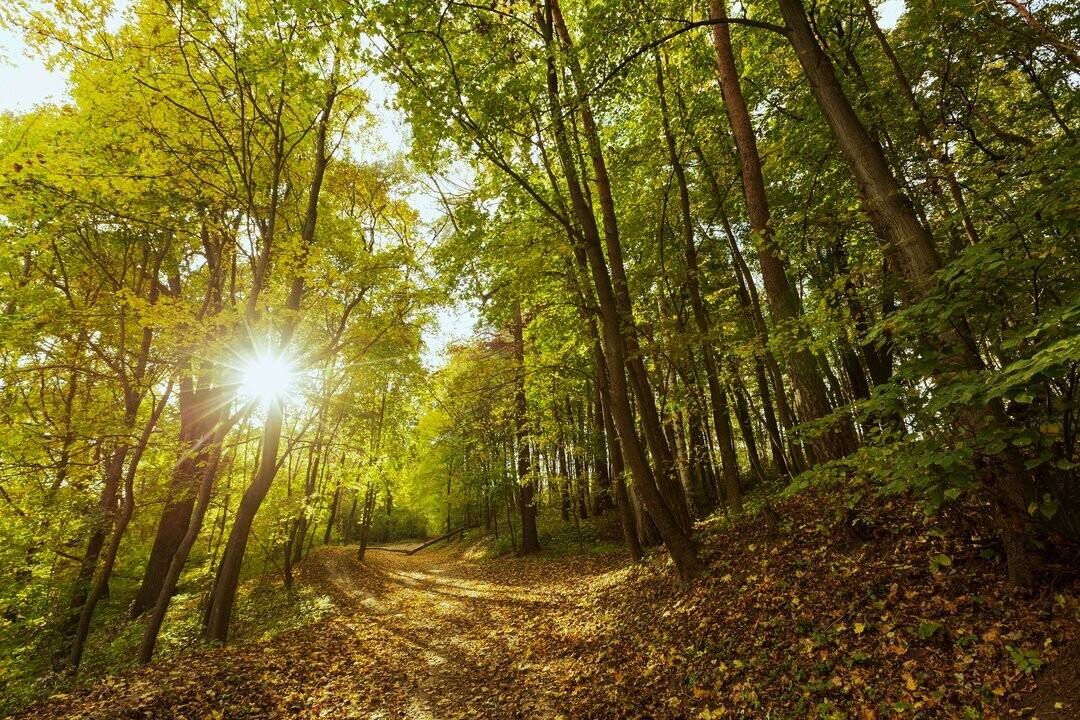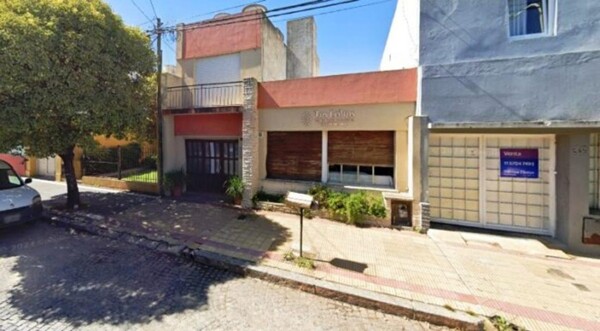
In a landmark ruling, the Second Chamber of the Court of Appeals in Civil and Commercial Law of Azul ordered the "restoration" of a 50-hectare historic forest affected by a fire, after establishing that the fire constituted a "collective environmental damage" that impacted collective historical, cultural heritage, and the environment.
According to a ruling published by Noticias Argentina and cited by the specialized portal Microjuris, the judiciary has taken an important stance on "artificial" or "planted" forests, determining that their human origin does not diminish their value as a collective good.
The case ("Luro Maria c/ Spaghi Maria Carlota") investigated a fire that occurred on December 30, 2013, in Tandil. Additionally, the ruling highlighted that the "La Azucena" estate had been declared a "historic place" by Municipal Ordinance No. 6839/95 of Tandil, protecting its "forestation and surroundings".
Who must pay and how the damage will be repaired
The sentence determined that liability for the fire is shared (50% and 50%) between the truck driver, Ángel César Gatti, and the company that leased the field and organized the harvest, Dactilys S.A., due to their negligence.
The fire originated in the "San Martín" field when a truck (driven by Ángel César Gatti) skidded on dry stubble on a hill and started the flames, which spread to the neighboring "La Azucena" estate, destroying 50 hectares of a forest over 100 years old, designed by the landscape architect Hermann Böttrich.
The sentence for "collective damage"
The Court rejected the arguments of the insurer (Cooperación Mutual), which claimed that the forest was "recovering on its own" or that its "artificial" character (planted by man) mitigated the obligation to repair it.
The tribunal was firm in stating that "the anthropogenic origin of the affected forest (...) does not detract from its value as a collective environmental good", within the framework of broad legal protection, as it "provides ecosystem services and other functions (e.g., microclimate generation, water regulation, carbon capture; existence of cultural or landscape value, etc.)".
The plan will be supervised by expert forest engineers and the Municipality of Tandil.
Finally, the court recalled that Law 26.815 prohibits for 60 years carrying out modifications in land use (such as real estate ventures) on the burned surfaces.
In turn, it revoked the conviction against the owners of the field (Spaghi and Sallustro), understanding that they had no control over the exploitation.
The most novel aspect of the ruling is that the Chamber modified the sentence: instead of delivering the money to the owner of the estate, it ordered that the sum for reforestation ($870,382,995 at 2024 values) be deposited in a judicial account. This fund will be used for a specific reforestation plan that must "respect as much as possible the original composition and characteristics of the forest".













